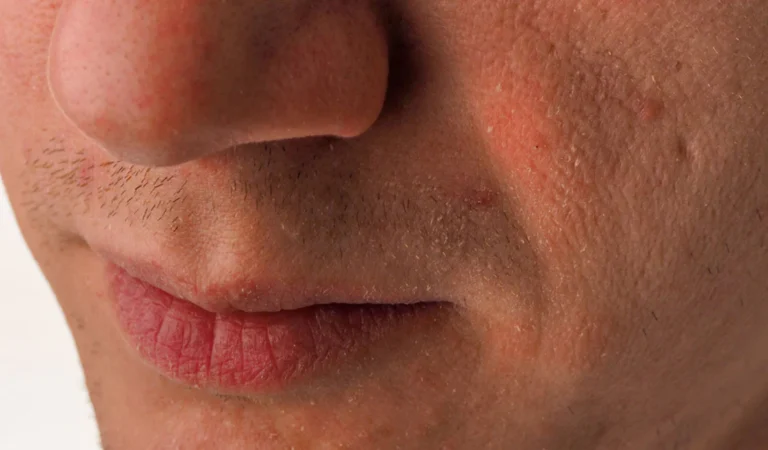Why Skin Loses Moisture
Dry skin happens when the outer layer (stratum corneum) doesn’t have enough water or oil to seal that water in. Common culprits include cold, windy weather, low indoor humidity from heating or air-conditioning, long hot showers, harsh soaps and detergents, smoking, and excess sun or tanning beds. Age also plays a role because natural oil production declines over time.
Daily Fixes That Actually Work
The goal is simple: add water and then seal it in. These evidence-based habits help most people:
- Short, lukewarm showers (5–10 minutes). Hot water strips protective oils.
- Use a gentle, fragrance-free cleanser (avoid deodorant or antibacterial soaps).
- Moisturize within three minutes of bathing—while skin is still slightly damp (“soak and smear”).
- Choose heavy hitters: ointments/creams with petrolatum, ceramides, glycerin, hyaluronic acid, shea butter, urea, or lactic acid. Thicker products seal better than lotions.
- Humidify your space. Keep indoor humidity roughly 30–50% during heating/AC seasons to reduce transepidermal water loss.
- Sun protect daily: broad-spectrum SPF 30+, long sleeves, shade. UV damage worsens dryness and fine lines.
- Gloves for chores. Detergents and cleansers are classic irritants—use vinyl or nitrile gloves and moisturize after washing.
Targeted Tips
- Face feels tight after washing? Switch to a non-foaming, creamy cleanser and a richer night cream.
- Cracked heels & very rough spots: Apply petroleum jelly or a urea/lactic-acid cream at night and wear cotton socks.
- Itchy shins/forearms in winter: Add a room humidifier and a ceramide cream after every shower.
Ingredients & Products to Consider
For stubborn dryness, look for:
- Occlusives (petrolatum, mineral oil, dimethicone) to seal moisture.
- Emollients (shea/cocoa butter, squalane) to smooth rough texture.
- Humectants (glycerin, hyaluronic acid) to draw water into the outer skin.
- Ceramides to help restore the skin barrier.
Fragrance-free and alcohol-free options tend to be kinder to a compromised skin barrier.
Home Remedies (Do’s & Don’ts)
- Do apply a thick moisturizer after every handwash and before bed.
- Do use bath oils or apply body oil to damp skin after showering to lock in water.
- Do hydrate, eat a balanced diet, and support circulation—see Balanced Breakfast and Snacks.
- Don’t scrub with rough washcloths or loofahs; they can worsen micro-cracks.
- Don’t rely on alcohol-based toners or astringents; they strip lipids.
Lifestyle Habits That Support Skin
Skin reflects daily routines. Regular movement helps blood flow and stress regulation (which may reduce itch-scratch cycles). Try a gentler training approach such as Power Yoga for Muscle and Flexibility, and build a simple, sustainable self-care base—see Skin Fitness for more ways to protect your barrier.
When to See a Professional
Book a visit if dryness is severe, keeps returning, or you notice redness, swelling, crusting, or pain—these can signal eczema, psoriasis, contact dermatitis, or skin infection. A clinician can tailor moisturizers (e.g., with keratolytics) and, if needed, short courses of topical medications.
Authoritative Resource
For dermatologist-reviewed guidance on dry skin relief and product selection, see the American Academy of Dermatology: Dry skin: Tips for relief.

